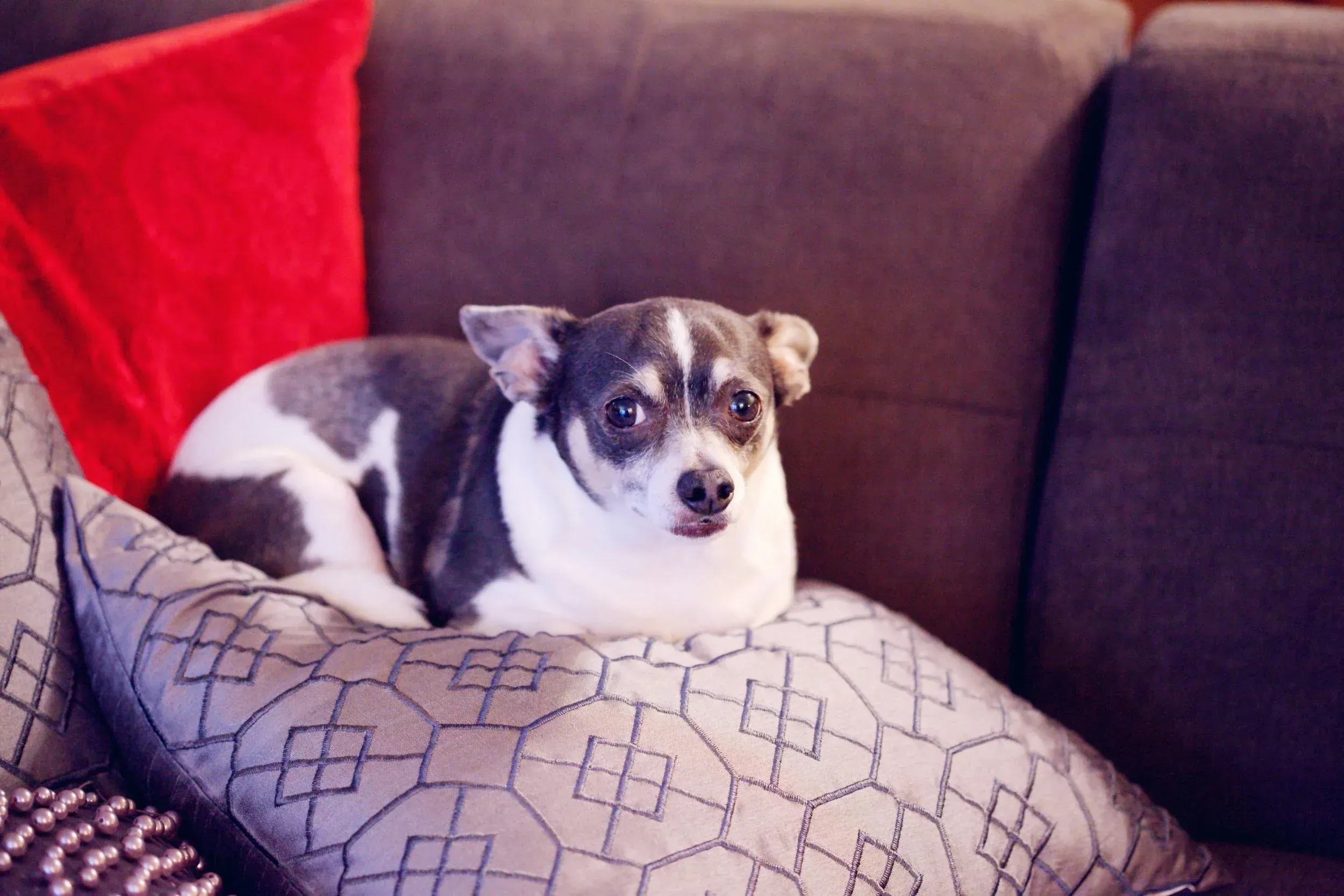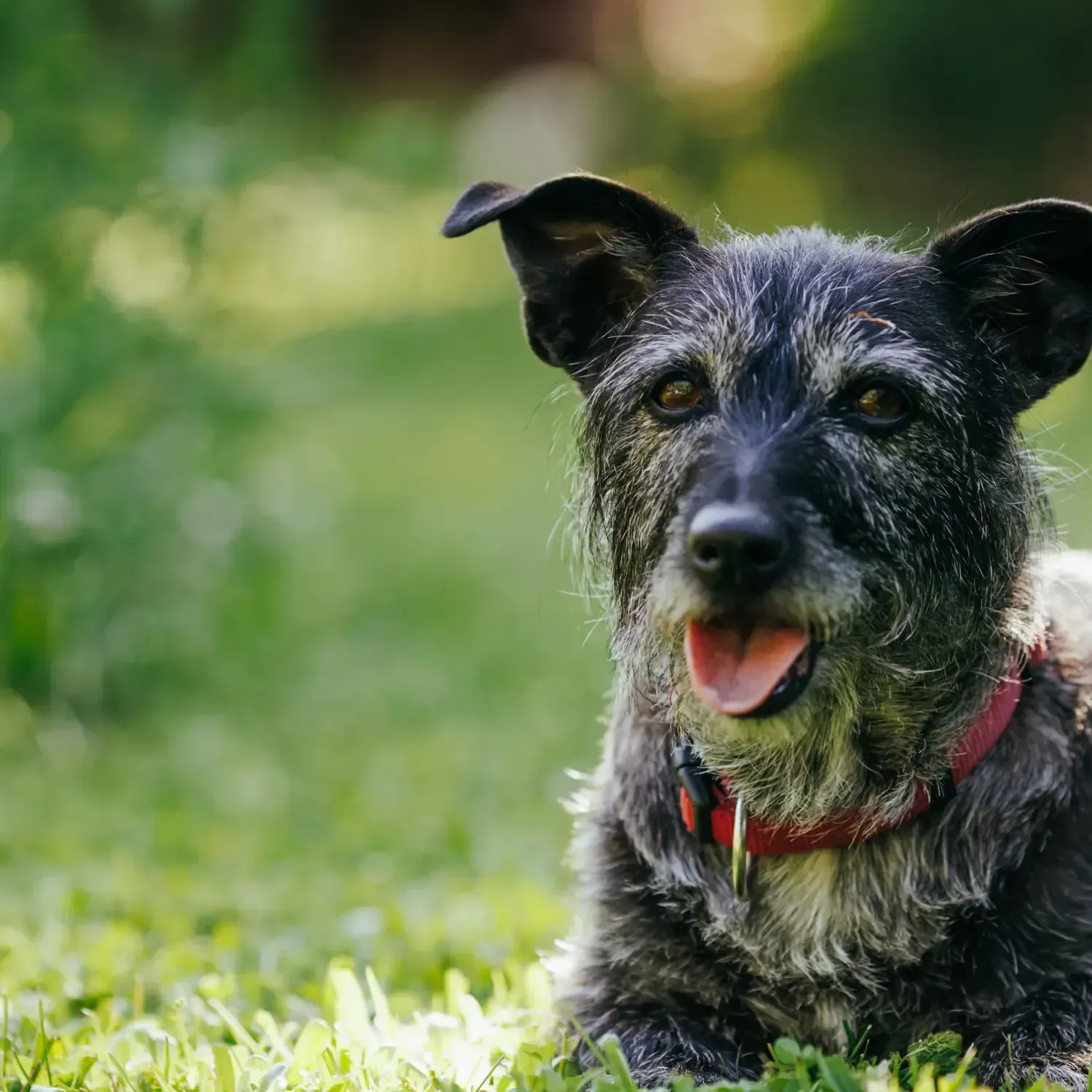You might be wondering why a veterinary urgent care facility would focus on pet obesity, especially since it’s not an acute condition. The truth is, pet obesity is linked to numerous other health problems, including arthritis, reduced mobility, respiratory issues, heart disease, hypothyroidism, diabetes, a shorter lifespan, and an overall decline in quality of life.
According to the Association for Pet Obesity Prevention, over 50% of dogs and nearly 60% of domestic cats are overweight. This widespread issue doesn’t just affect pets’ health—it also leads to higher veterinary costs, with increased after-hours emergency visits, urgent care trips, and more frequent wellness check-ups.
At Ruby Veterinary Urgent Care, we believe raising awareness about pet obesity is crucial. We’re here to provide resources and guidance to help address the challenges of keeping our pets at a healthy weight.
What is Obesity?
Obesity refers to an excess of white adipose tissue and is normally the result of energy intake exceeding energy expenditure. In simple terms, they’re taking in more treats and snacks than they’re burning off during playtime or walks, leading to a little extra fluff!
What Causes Obesity in Animals?
The short answer? It's mostly us, the pet parents. And I’ll be the first to admit—I love seeing my patients eat! The longer answer, though, is a bit more complex and involves multiple factors:
- Overfeeding: Feeding more than the pet will expend in exercise. Contributing dietary factors include table scraps, high fat foods, number of meals, number of treats, and frequent variation in diet.
- Lack of exercise: Indoor-only pets are at a higher risk of obesity.
- Age: Dogs over five years of age decrease voluntary activity and burn fewer calories daily.
- Genetic predisposition: Some breeds are predisposed to obesity, including terrier breeds, spaniels, dachshunds, beagles and Labrador retrievers.
- Neutering/spaying: Decrease in production of sex hormones decreases energy expenditure and can cause changes in satiety, i.e., increased hunger.
- Medications: Certain medications can contribute to weight gain by increasing hunger including phenobarbital, an anticonvulsant medication used to manage seizures, and steroids.
- Concurrent disease processes: Hypothyroidism, hyperadrenocorticism (Cushing’s disease), and insulinoma (an insulin secreting tumor of the pancreas) can contribute to weight gain.
How Do I Know My Pet is Obese?
Weight is more than just a number on the scale. Veterinarians utilize a standardized set of guidelines to help determine if your pet is at a healthy weight, including analyzing body shape and feeling certain parts of their body to check for proper fat and muscle distribution. At an ideal weight, you should be able to feel the ribs upon gentle petting, and when viewed from above, the waistline should be thinner than the upper body. Breed standards are also considered; for example, greyhounds and most sighthounds will be considered a healthy weight even when their ribs are visible from a distance. On a 9-point scale, a 4 or 5 is considered ideal weight, where anything above a 7 is considered overweight while a 9/9 is considered obese.
How Do I Help My Pet Lose Weight?
Let’s be honest. It’s the new year, and we all have the same new year’s resolutions: to eat healthier and work out more. The same goes for our pets. At the end of the day, it’s up to us as pet parents to manage what our pets eat and ensure they get enough exercise. Why not include your pets in your New Year’s resolutions?
Here's a helpful guide to optimizing nutrition for your pet:
- What Should I Feed My Pet?
High-protein, low-fat foods produce optimal weight loss as protein and fiber stimulate metabolism and increase satiety. There are a wide variety of commercial and prescription dog foods available in both canned and kibble that are formulated for weight loss and maintenance. It’s important to remember when starting the weight loss journey and considering what to feed your pet, it’s not appropriate to simply reduce the volume of their current food as this risks malnourishment over time. Homemade diets are also not recommended as they often lack in daily vitamin and mineral requirements.
Besides feeding a healthy diet, monitoring what else goes into your pet’s diet is important. Eliminating table scraps and treats is just as, if not more, important to help reduce caloric intake. If you must offer treats throughout the day, offering green beans and other vegetables is a good alternative.
- How Should I Feed My Pet?
If your pet eats like the rest of society, mealtime has become more of a time to fill a need rather than a time to slow down and enjoy the food. Now, I’m not suggesting a fancy white tablecloth, five-course dinner menu for your dog. I’m just recommending a tool to help slow them down when they are eating.
Slow feeder dog bowls are specially designed to help regulate your dog’s eating speed and promotes healthier eating habits. Another great option is a treat ball that dispenses kibble only if your dog rolls it around, boosting exercise and mental stimulation. If you’re training a new puppy or learning a new skill, you can use their mealtime kibble or offer green beans rather than high-calorie treats. The key point is to monitor your pet’s total daily calorie intake and reduce it appropriately to support their weight loss goals.
- What Kind of Exercise Can My Pet Do?
Exercise is the second half of the weight loss equation. There are a variety of options for exercise including thirty minute per day of leash walking, which can be split into shorter sessions, outdoor games, treadmill training, and swimming. If you have a social pooch, including an afternoon at the doggy daycare a few times a week is exercise and playtime all-in-one!
Now you may be asking, what about my cat? While you may not be able to take your cat on a walk (although some cats love a little outdoor time!) or get them on the treadmill, there are other ways to increase their activity. Put their food bowls on a raised surface to encourage jumping or add a little play break during the day to get a few sprints in. However, keep in mind that diet is going to affect cat’s weight loss journey more so than exercise.
- How Do I Keep the Weight Off?
Once you and your pet begin a weight loss journey, body weight should be checked monthly to confirm the protocol is working. Overweight pets typically require many months to return to a healthy body weight. The process is slow by design; with a safe weight loss rate between 0.5% and 2.0% of your pet’s body weight per week.
Once your pet reaches their target weight, you can transition them to a maintenance diet rather than a calorie-restricted one. However, it’s important to keep monitoring your pet’s calorie intake. Consult with your primary care veterinarian to determine how many calories your pet needs to maintain a healthy weight.
- Why Is My Pet Not Losing Weight?
Before starting any weight loss plan, it’s best to speak with your veterinarian to determine calorie requirements, set a realistic timeframe, and make sure your pet doesn’t have any pre-existing conditions that may contribute to the weight gain, or which may make it harder to lose weight.
Finally, make sure everyone who interacts with your pet is aware of their weight loss journey and fully on board. It can be incredibly frustrating to work hard toward a goal, only to discover someone has been sneaking your pet treats on the side.
We Can Support Your Pet in Their Weight Loss Journey
While there is no magic pill or one-size-fits-all weight loss plan, Ruby Veterinary Urgent Care is here to help support your pet along their weight loss journey. We love celebrating success stories and offering pep talks when you need a boost! Ruby Veterinary supports all of your pets’ urgent needs, no matter their size.

